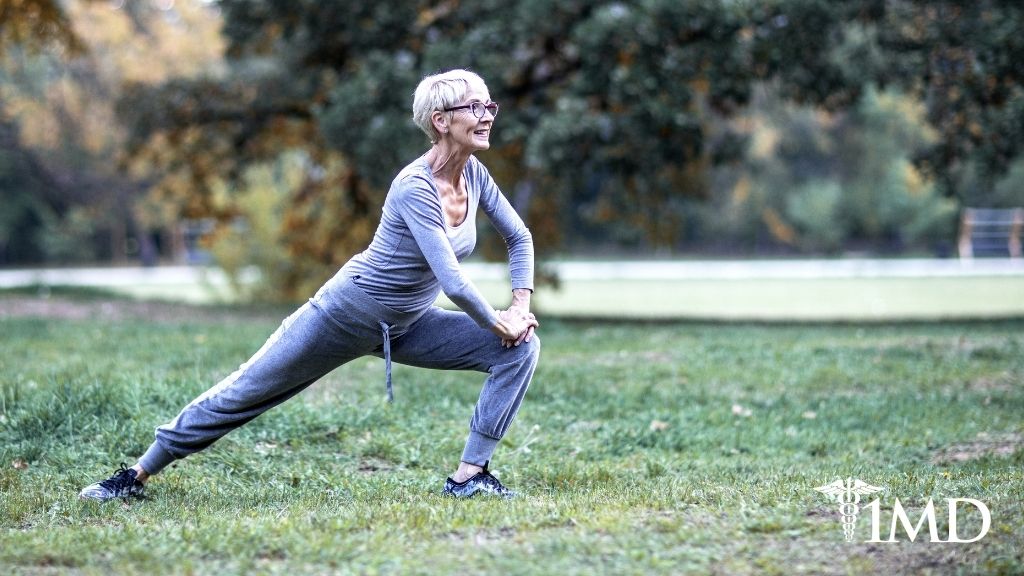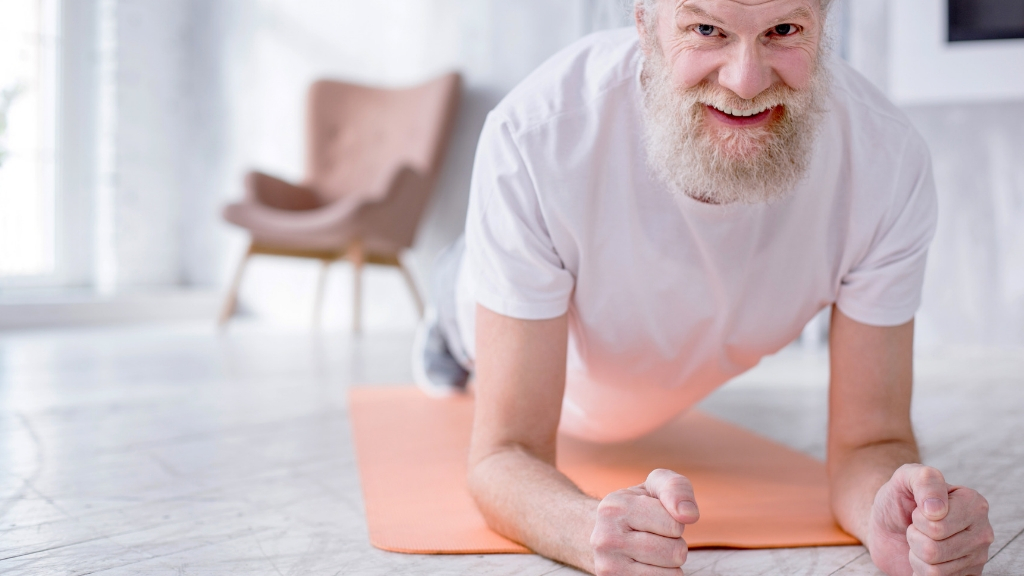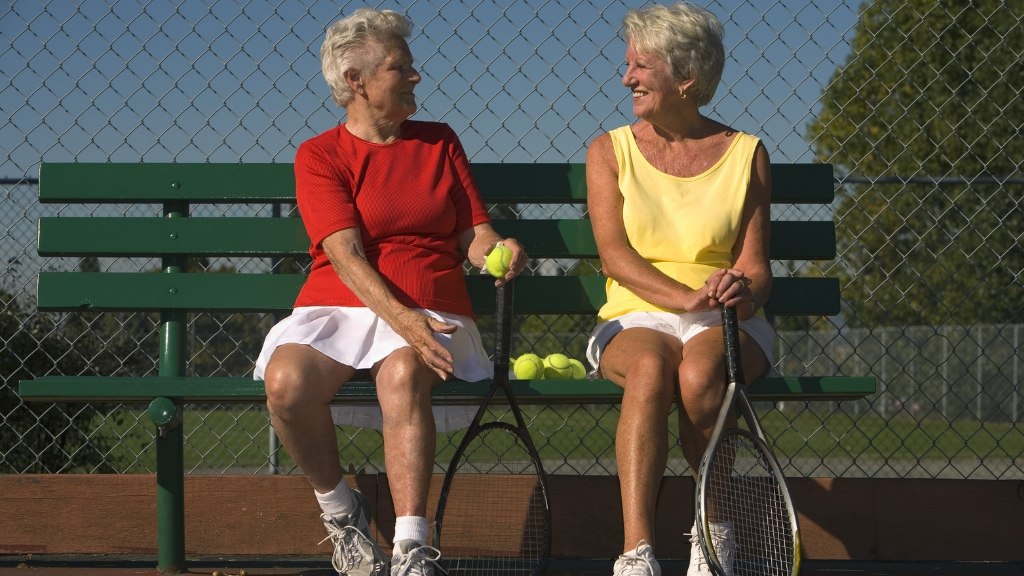Which Exercise Helps You Live Longest? Consider Tennis
8 minute read
You want to enjoy the longest and healthiest life you can, but how do you get there? One way to boost your longevity and keep your body in excellent condition is by exercising.
Of course, not all exercises are created equally, you want the one that will most effectively use your time and give you the most benefits. Plus, it helps if it’s fun.
The Copenhagen City Heart Study created the exercise and longevity study and published their results in the Mayo Clinic Proceedings. Their findings could be a literal game-changer for some.
Sports and Activities That Keep You Active the Longest
Not only do some exercises help your body stay healthy, but they may increase your life expectancy. The exercises that fared best were social ones, while solitary activities lacked the impact you might expect.
Let’s look at the results and see how different exercises stack up against a sedentary lifestyle.
♦ Tennis: The clear winner, tennis-enthusiasts can look to add up to 9.7 years. What’s not to love about that?
♦ Badminton: Similar to tennis, this sport was certainly not a swing and a miss, adding up to 6.2 years to your life.
♦ Soccer: Soccer fans might get a kick out of knowing that they can add 4.7 years to their lives by hustling around the field chasing the old soccer ball.
♦ Cycling: Gear up and go for a ride. Regular bike riders found their favorite exercise adds 3.7 years to their life. Cycling has also been noted as a great exercise for fighting aging that is much lower-impact than tennis.
♦ Swimming: Not even a full length behind, swimming can add 3.4 years to your lifespan.
♦ Jogging: When you suit up to hit the road, you’ll be happy to know that your efforts running can help you add 3.2 years on to your life.
♦ Calisthenics: An old-fashioned term, you don’t hear the word calisthenics much, but it’s basic resistance training by using your own body weight. It’s a core part of most workouts and a great way to add 3.1 years to your life.
♦ Hitting the gym: Believe it or not, your standard health club workout with an elliptical, treadmill, and weights only added 1.5 years to your life on average. If you hate the gym and are looking for an excuse to quit, you may have found it—as long as you replace that time with a few games of tennis.

Why Is Tennis So Healthy?
So why tennis? What makes this sport so good for you that it could add almost 10 years onto your life versus that of a sedentary person?
This is because tennis has layers of health benefits that build upon each other to give your body an all-over workout. In addition to that, it’s a great way to take advantage of the health benefits of socializing, more on that later.
Let’s look at the physical health benefits of tennis first:
It’s aerobic: Aerobic literally means “with air,” and when paired with exercise, it means an activity that increases the body’s need for oxygen. These are the sports or activities that make you feel winded. There are many different benefits of aerobic exercise.
It’s anaerobic: While tennis can have you running all over and being very aerobic, it can also be an anaerobic activity. Anaerobic exercise is typically brief bursts of energy that rely on stored energy and strength.
Its short exertion and high intensity, which can also occur in tennis. The benefits of anaerobic exercise work well with aerobic benefits for all-over health.
Cardiovascular health: Tennis is great for your heart. The pairing of aerobic and anaerobic builds your heart and helps it move oxygen and nutrients more efficiently.

| Related: High-Intensity Workouts Can Slow the Aging Process |
If you play hard, you’ll achieve your maximum heart rate and strengthen your heart. Finally, the length of an average game of tennis along with the pacing makes it the perfect combination for reducing heart attack, heart disease, and stroke risks.
Respiration benefits: Intense bouts of exercise followed by quick recovery and diving back into exercise gives your lungs quite the workout. A workout that will benefit them in the long run as they increase efficiency and strength.
Strength, balance, and flexibility: If you want your body to feel younger, maintaining or building your strength and flexibility is key. Tennis gives you both without tedious weight lifting or grueling hours in yoga poses. Working on these three core aspects of physical health can also help prevent falls as you age or can help you recover faster and more completely.
Boosts bone health: As we age or become less active, there is a decrease in bone mass and strength. Regular tennis playing can fight loss of bone density and osteoporosis.
The controlled, reactive strength required in tennis aids in the prevention of osteoporosis.
Benefits of Social Interaction on Health
These are just a few of the benefits of tennis as a primary form of exercise. The encompassing nature of this sport affects all parts of your body in a good way.
| Related: Why Am I So Lonely? Signs, Symptoms, and What to Do About It |

But we mentioned the social aspect of this sport and the benefits of socialization, so let’s look at this hidden gem that’s inherent with tennis.
Longevity: People who have a stronger social support system tend to live longer than those who are isolated.
Boosts mood: One great way to battle depression is to increase your social interactions.
Protection from dementia: A study of social lifestyles and dementia published in Lancet Neurology and the NCBI concluded that a socially integrated lifestyle protects against dementia and Alzheimer’s disease.
While tennis was the superstar of the Copenhagen City Heart Study, it certainly wasn’t the only winner. The other activities all showed an improved lifespan over a sedentary lifestyle.
It’s also worth noting that, while the actual exercise itself may have supported the longer lifespans, the social interactions may have had just as much effect. The more likely scenario seems to indicate that both physical and social interactions helped increase longevity.

The Bottom Line
If you’re really interested in living a longer and healthier life, your first stop should be to your doctor to check if you have any physical limitations that would prevent you from adopting a new fitness plan.
Once you have the all clear from your healthcare provider, it’s time to gather your friends and motivate each other to live the lifestyle you want. Of course, eating healthier and getting enough sleep are important too.












